Green architecture – Anna Centenary Library
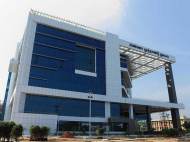 Named after C.N. Annadurai, Tamil Nadu’s former Chief Minister who was a bibliophile himself, the Anna Centenary Library is currently the largest library in Asia which features a more modern look compared to picture you imagine once someone mentions a library. The building is made in an environmentally responsive way which employs both passive design features and resource efficient active elements to increase its sustainability.
Named after C.N. Annadurai, Tamil Nadu’s former Chief Minister who was a bibliophile himself, the Anna Centenary Library is currently the largest library in Asia which features a more modern look compared to picture you imagine once someone mentions a library. The building is made in an environmentally responsive way which employs both passive design features and resource efficient active elements to increase its sustainability.
Designed by CRN, the 9-floor Anna Centenary Library building houses a total area of 30,950 square meters (333,140 square feet) and has a capacity to accommodate 1.5 million books. At any given point, the library can accommodate 1200 people, not including an auditorium that can separately seat 1280 people. The project achieved the LEED Gold rating given by Indian Green Building Council under New Construction rating.
The building offers access to people with disabilities and features books written in Braille, talking books, as well as electronic and audio-visual media. The different sections in the Library are the Braille Section, the Children’s Section, the Periodicals Section, the Tamil Books Section and the English Books Section.
Aside providing computers and internet access, the building has an “Own Book Reading Section” – a reading room-like section which allows you to bring your own copy of a favorite novel or study and enjoy it in the tranquility of the space. Since it is a smoking prohibited environment, you won’t be able to light up your pipe while reading.
The library is located in a well developed area in Kotturpuram, Chennai, amidst Educational and Institutional buildings and on a location with easy access from all parts of the city. The shape and form of the building have been designed with optimized surface to volume ratios in mind, as well as passive solutions which increase the building’s sustainability.
Reading areas which are facing North and East are located next to structurally glazed facades which provide abundance of daylight. The Southwest side of the building has thermal buffer zones of service cores and a 9 floor high atrium with an outward sloping glass wall which protect the building from the heat gain. Roof overhangs, Pergolas, and metal louvers are also used to lower heat and glare.
In order to lower heat island effect of the building, the library terrace area is painted with high albedo paints and the Auditorium terrace and Library terrace level at 1st, 2nd and 3rd floor are covered with green roof. The soil used on these surfaces has been collected during the excavation of the project, where top 20 cm (nearly 8 inches) of the soil has been saved for landscaping applications.
The project used building materials with recycled content value of 12 % by cost of the total material cost, and 75 % of the construction waste were reused within the site or sent for recycling. 77 % of the building materials were sourced locally to support the regional economy and reduce the environmental impact.
Although there are many features which lower the building’s energy consumption such as LED and CFL lighting, high efficiency motors, pumps and fans, and systems which enable monitoring and control of lighting and ventilation, the building achieves 17.5 % less consumption compared to an ordinary building of equivalent size.
The library has rain water sump and percolation pits which are used for rain water harvesting and increase in ground water table. A collection well/sand filter is provided at the lowest point of the site, which helps to remove the sediments from storm runoff moving out of the site.
The Anna Centenary Library has onsite sewage treatment plant of to treat the wastewater produced from the building, and only treated waste water is used for landscape irrigation and toilet flushing requirements. The water consumption in irrigation is lowered with high efficiency landscape drip and sprinkler system, which combined with water efficient fixtures use 64 % less water compared to a standard building.
The quality of indoor air is ensured with usage of low VOC products (Paints, Adhesives and sealants), CRI certified carpet and MDF & plywood free from urea formaldehyde resins are used in the building. Only eco friendly house keeping chemicals are allowed inside the building premises, and the chemical rooms inside the building are provided with deck to deck partitions and negative differential pressure of 5 pas is maintained.
Further awareness regarding green living among the public is promoted through use of areas where different materials can be stored for recycling, graphics, posters, as well as an artificial tree in the heart of the Children’s Area that promotes the message of nature conservation.

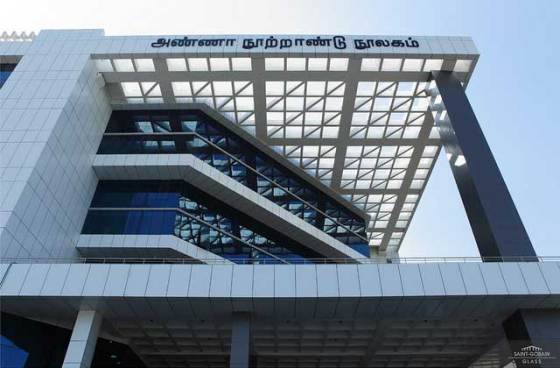
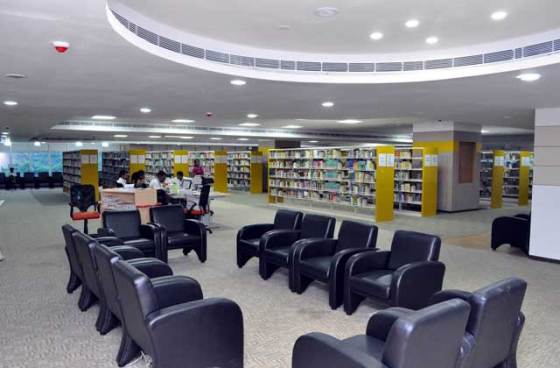
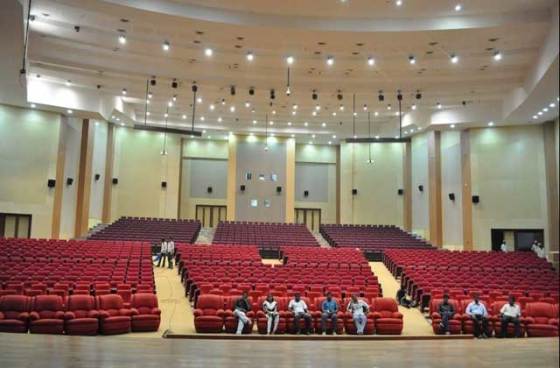
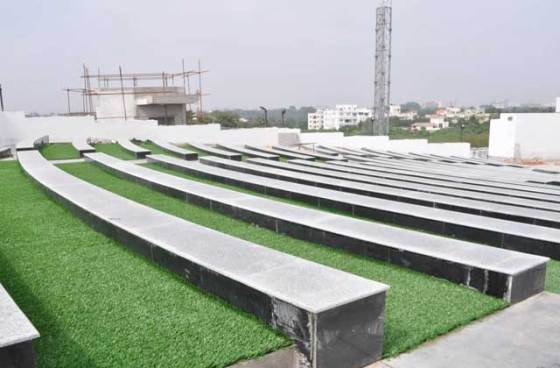
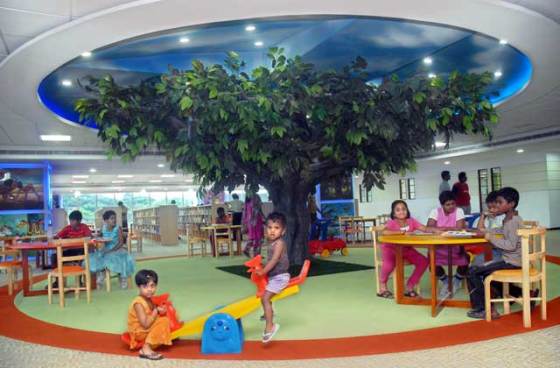








Leave your response!